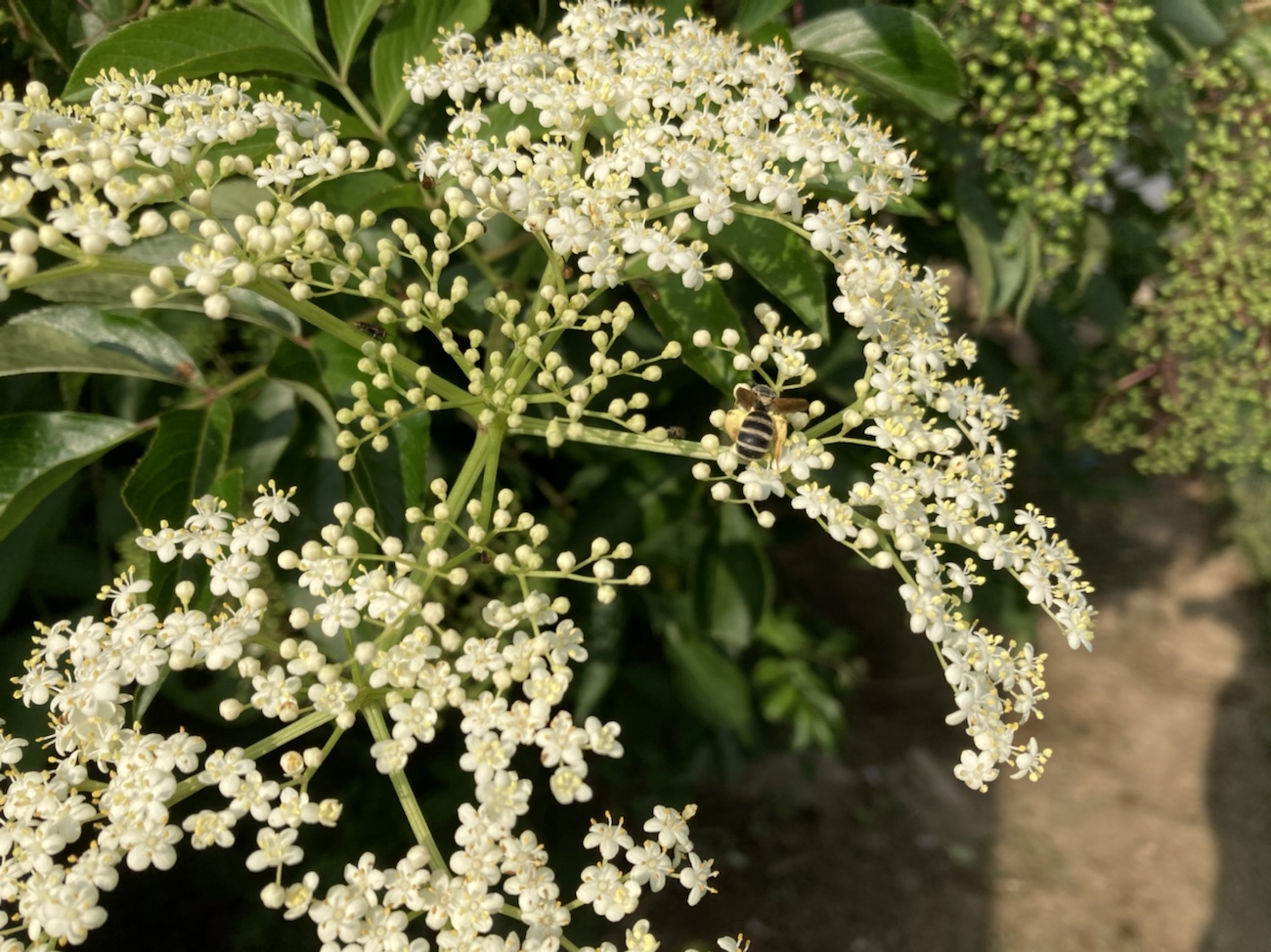
We’re surrounded by the incredible beauty – arguably, mundane beauty – of wildflowers. Some belong to what we call “weeds” (undeservedly pejorative), but each has its charm, value, and/or use. While I truly do appreciate their aesthetic appeal, I also appreciate the range of wines that can be made from the edible flowers: some delicate, some bold, and all unique.
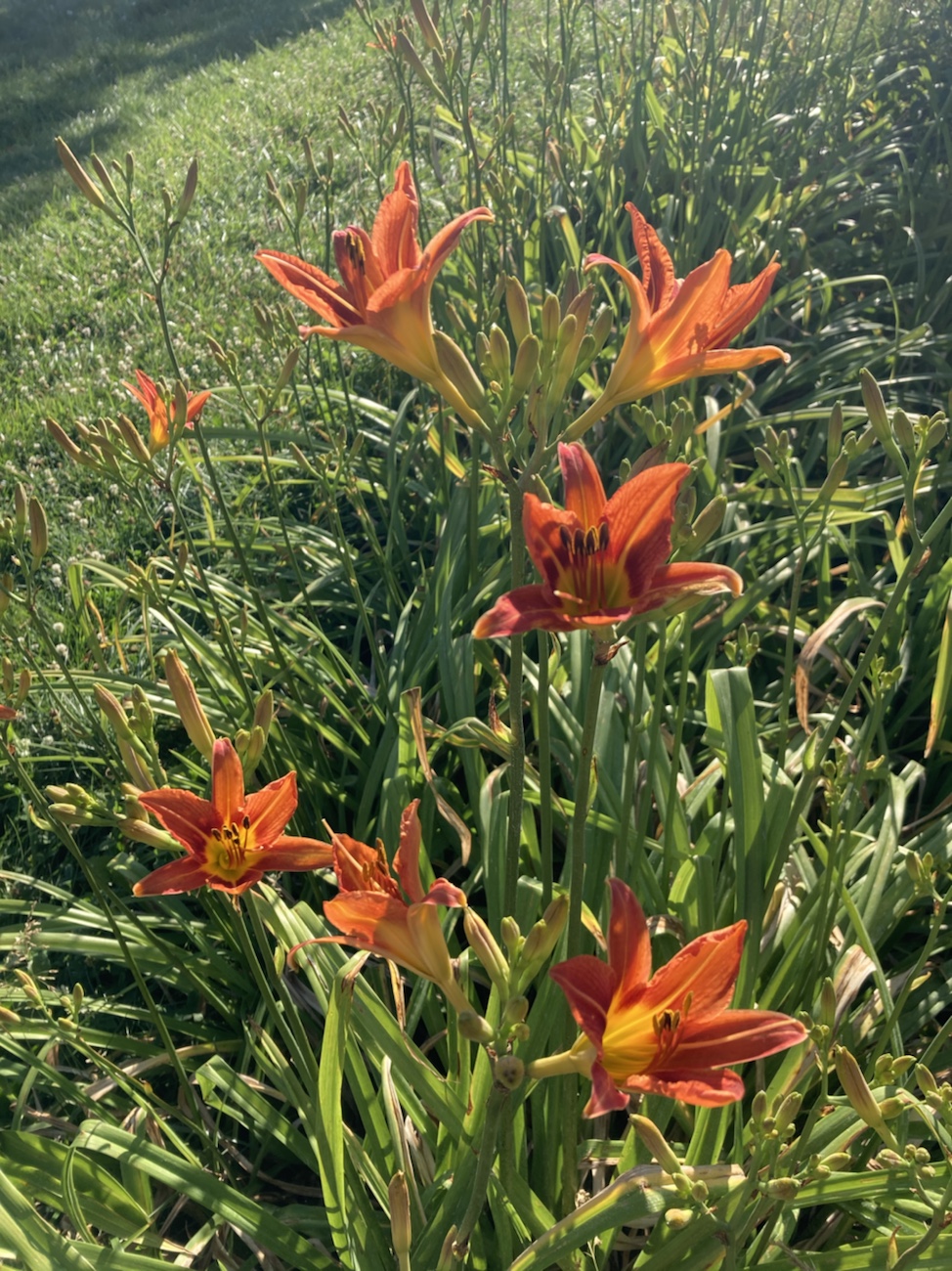
The first batch of flower wine I made this year was from the stalwart (and plentiful) Day Lily. This bloom is easy to collect and easy to prep for infusion, and there are rarely hidden bugs in its flowers. The “tea” made from the steeped flowers starts as a brownish-orange color, changing to a beautiful bright magenta with the addition of winemaking acid.

I also made a batch from the incredibly fragrant and abundant elderflowers. The smell of these blooms is nothing less than divine, and that translates to a very special flower wine. Since there are often tiny creatures hiding within the flower clusters, I like to spread the cut flowers out on a baking sheet for a while prior to starting the wine so that the bugs can show themselves and be relocated.
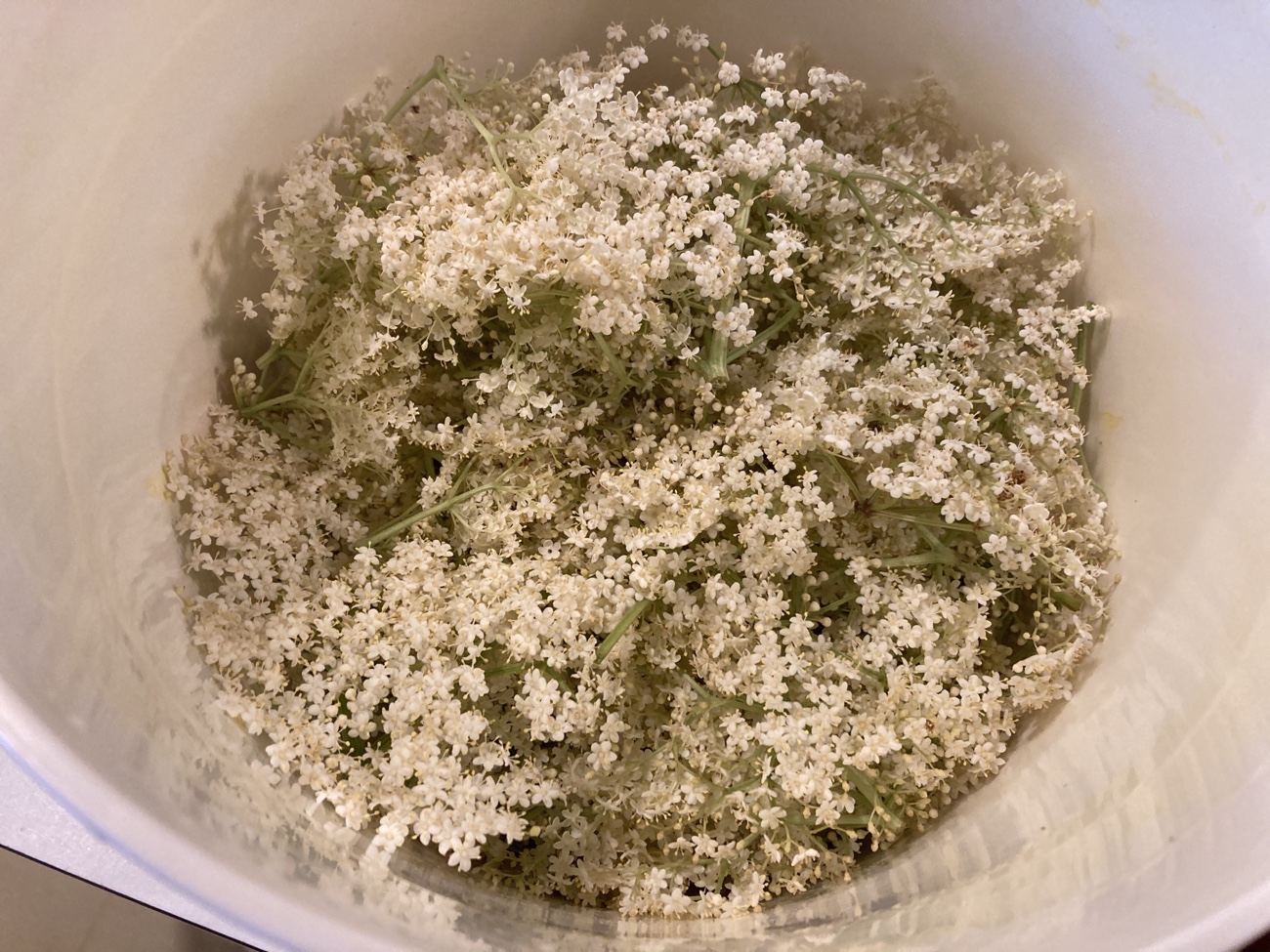
With lots of chicory flowers, red clover, wild roses, and honeysuckle throughout the pastures and along the fences, it’s only natural that I pick some and make a floral wine, right? That’s what I thought, too!
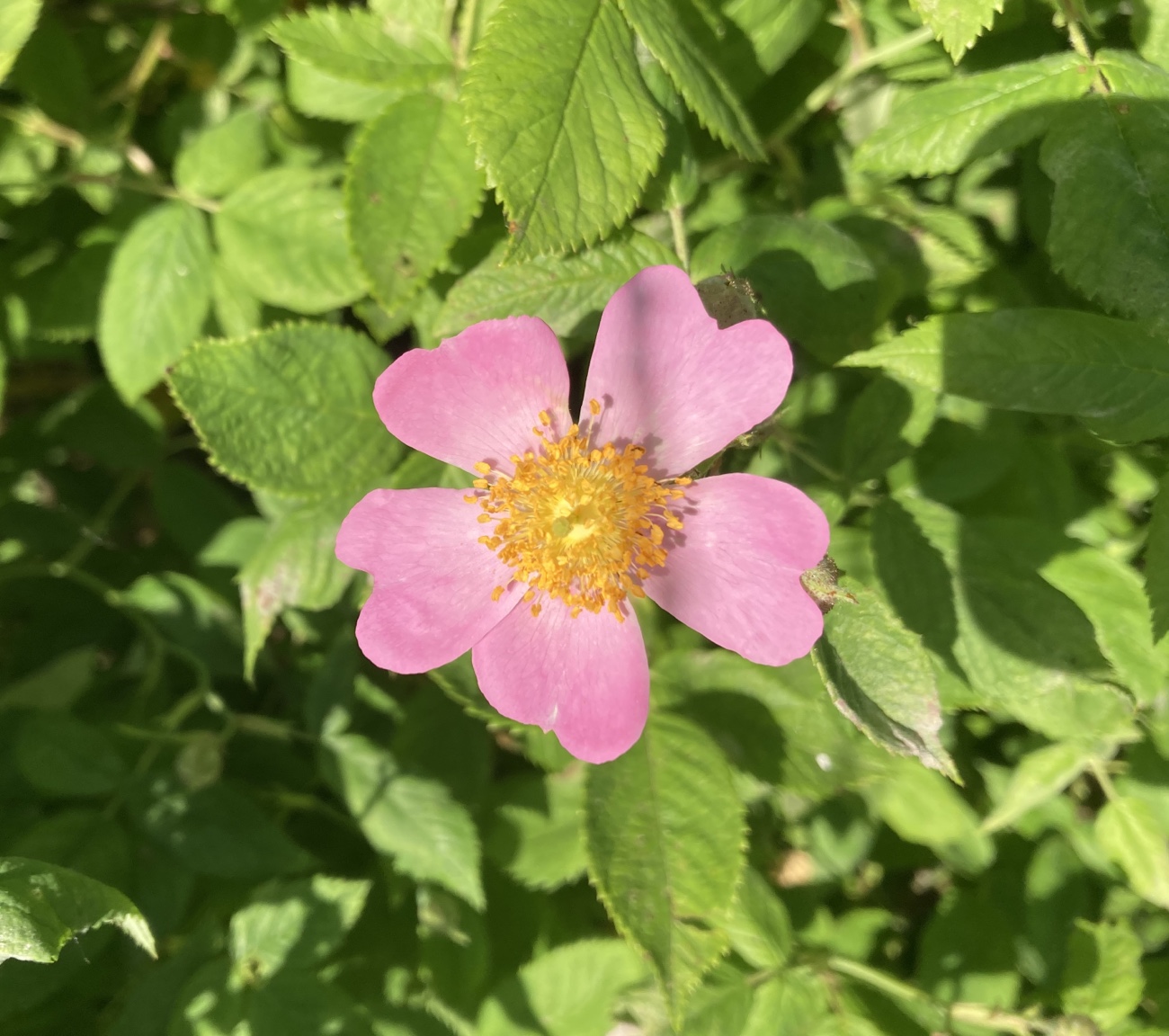
What a beautifully colorful fermenting bucket this made…and the finished wine – I call it Wildflower Medley wine – is a pale blush color, with complex floral notes – and a slightly peppery note that wakes up the tastebuds. It’s as gorgeous a wine as the flowers that went into it, and I will definitely harvest more flowers next season to make this one!
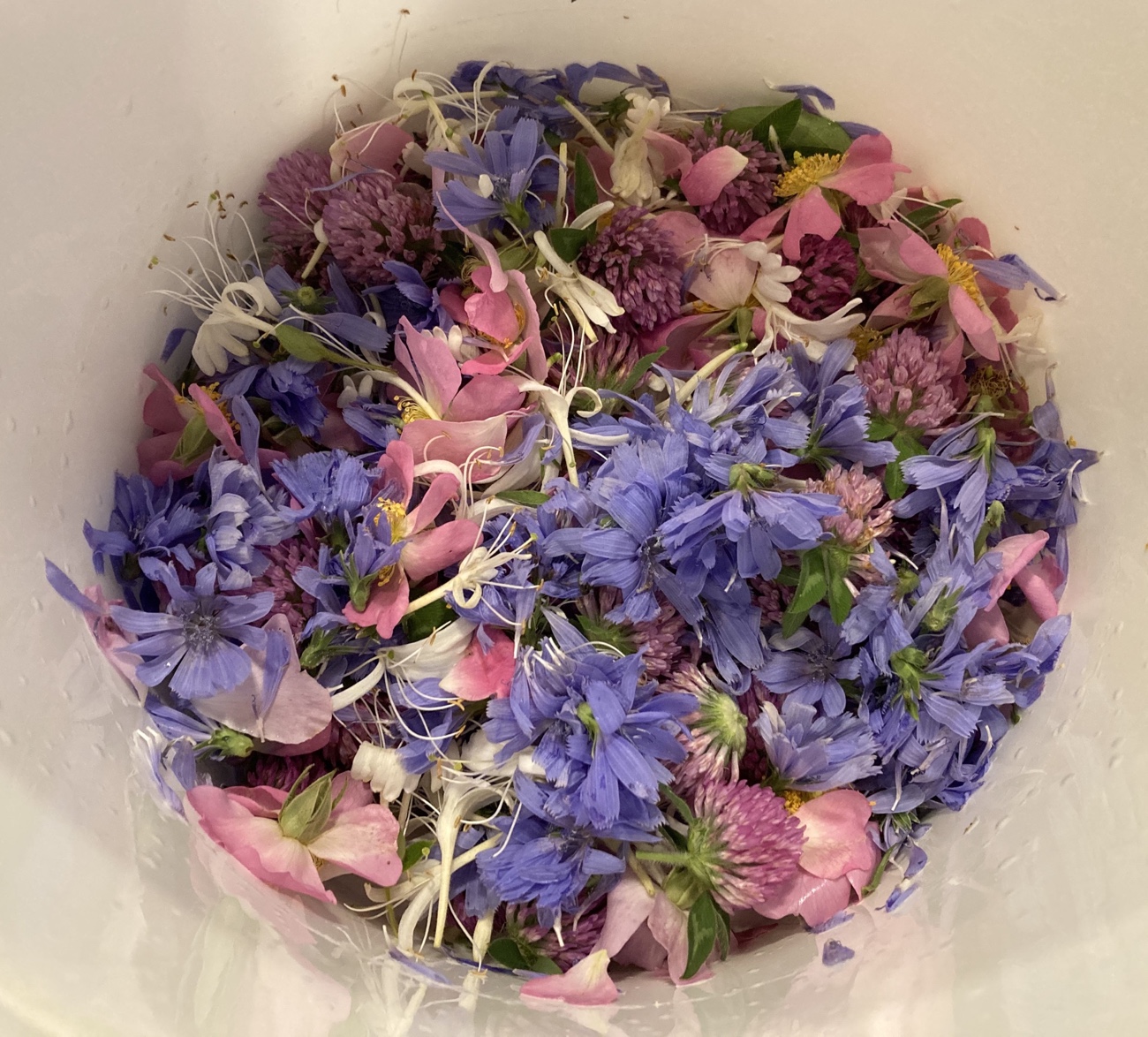
While it was a banner year for elderflower (and, later, elderberry), some of the other trees and plants I can usually count on for foraging had poor (or no) yields: the black locust didn’t bloom; the mulberry lost its leaves to frost in spring and nascent berries fell off before they ripened; only a few walnut trees had nuts (and they were small in number and up too high for me to reach); and even the dependable day lilies petered out sooner than they have in years past. Normally prolific chickweed came and went, not sticking around for as long as it usually does, the dandelions really only had a first bloom (failing to repeat later in the year as they normally do), Queen Anne’s Lace was sparse and short-lived, and even the goldenrod’s numbers were unusually low.
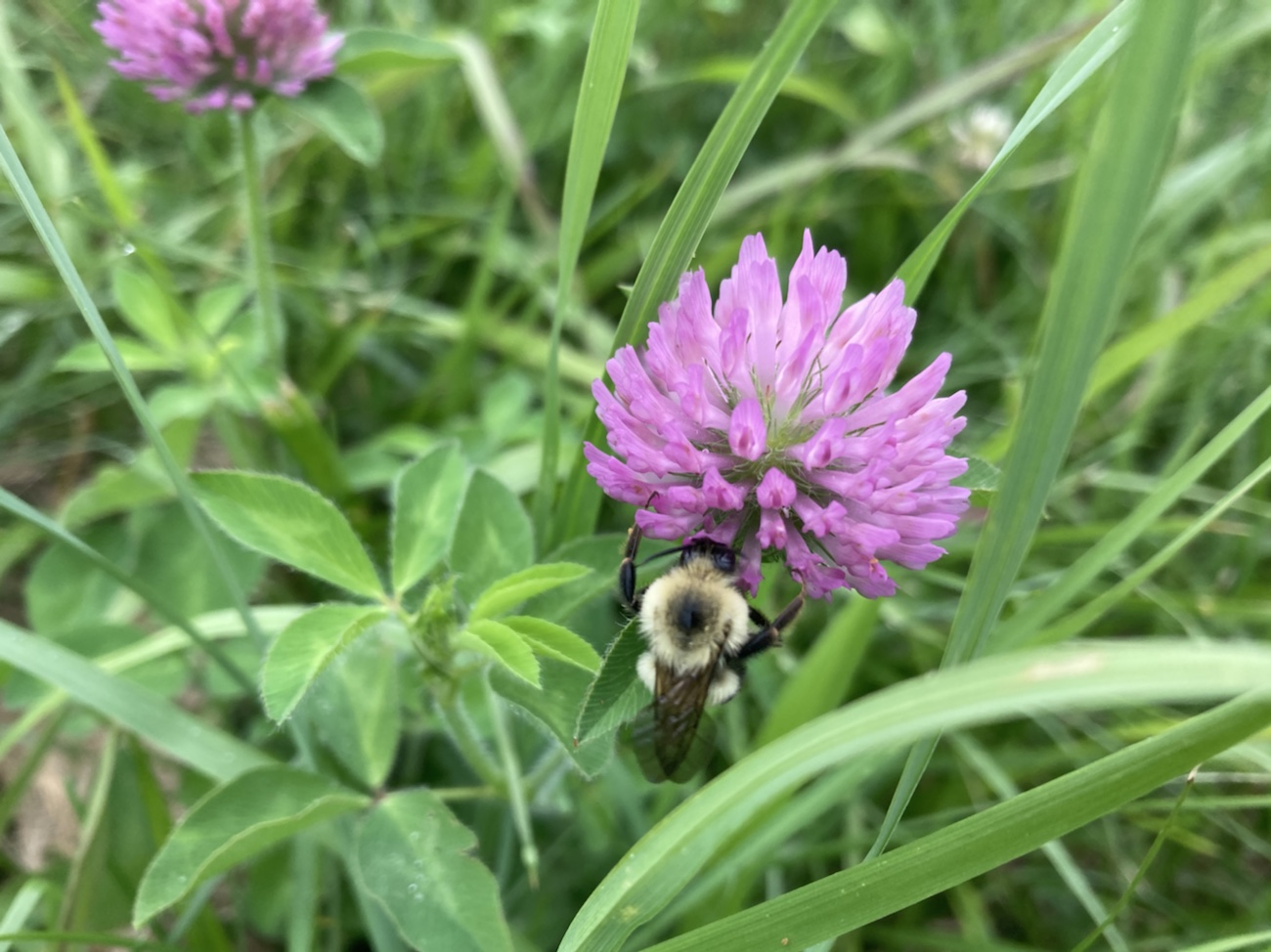
As I think back about the weather over the seasons, not only were there late frosts, but the summer was hot and very dry. Clearly, those conditions were harmful to the plants, which means the bugs and even birds that count on the plants for sustenance and other needs are negatively impacted. While I can live without Queen Anne’s Lace [jelly or wine], pollinators depend on it to survive…so I hope next year’s weather conditions are more conducive to the successful growth of these plants. This year, because of the dearth of late-season flowers, I just skipped harvesting goldenrod – the bugs need it more than I do.
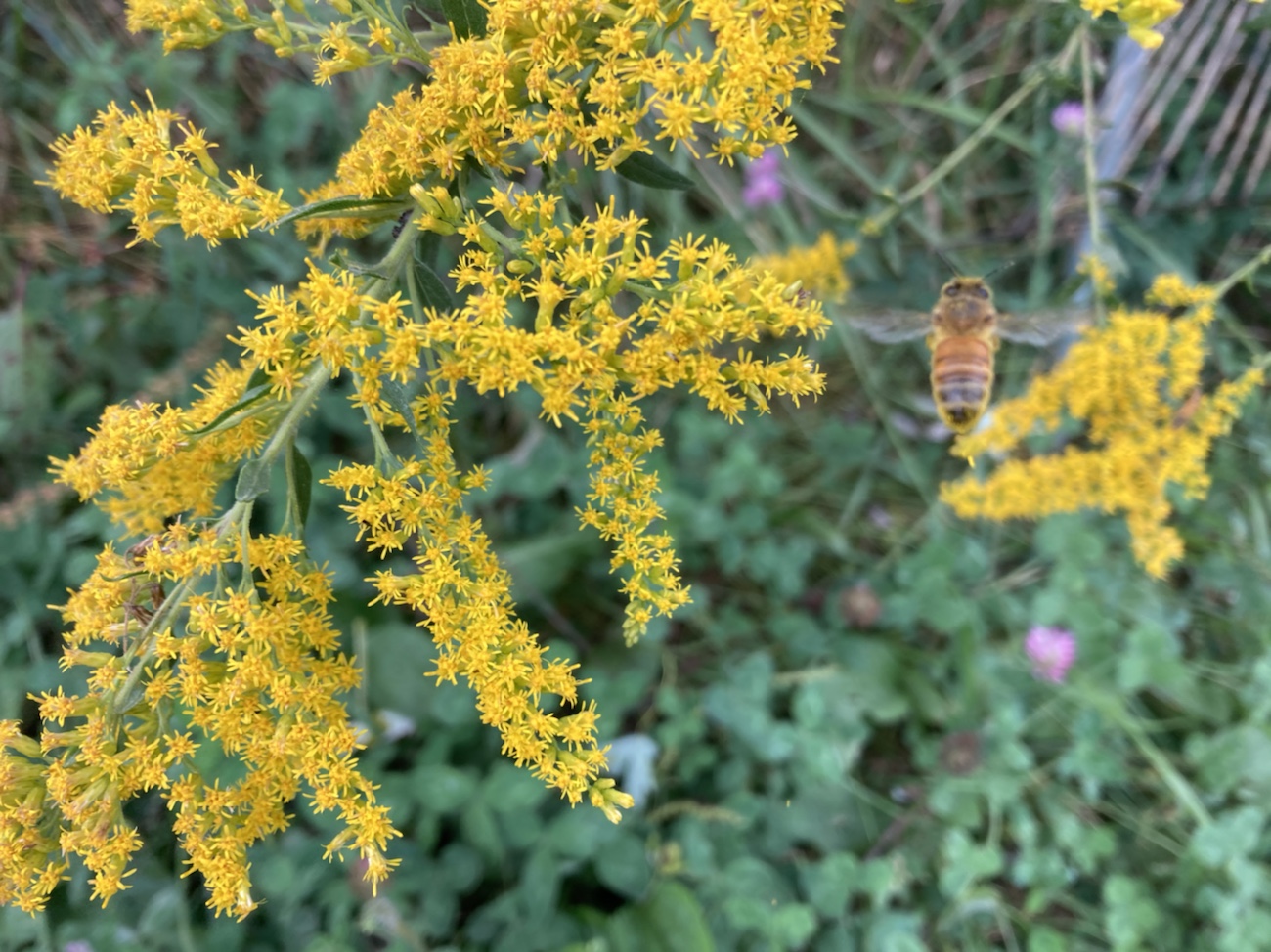

Comments are closed.